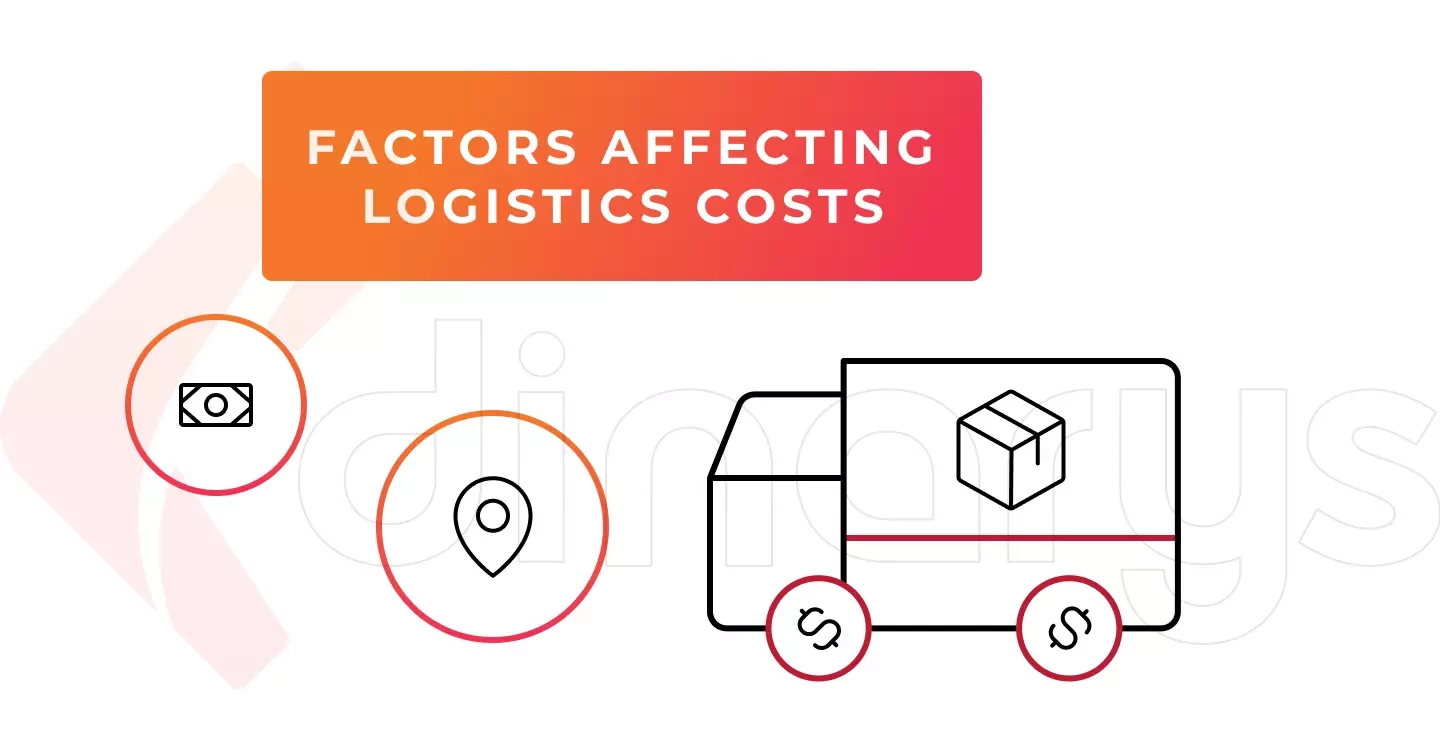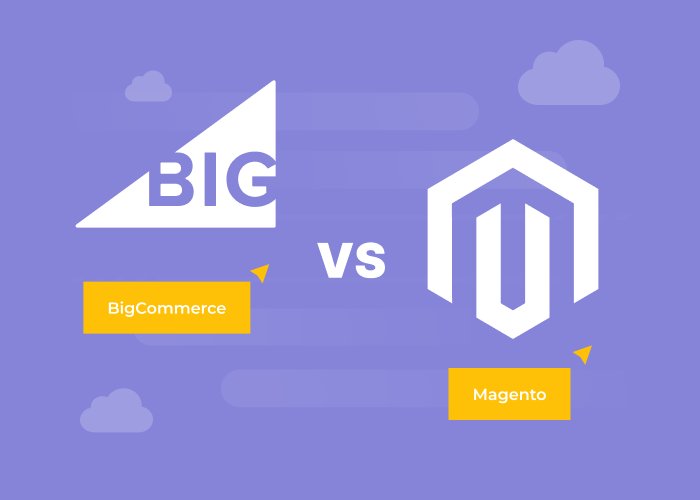Content
Five Cost-Reduction Strategies for Supply Chain Management

Time to read: 12 minutes
For e-commerce to succeed, business efficiency at all operational levels is essential, and automated supply chain management is crucial. Supply chain management in e-commerce focuses on acquiring raw materials and producing and distributing the right products at the right time. Supply chain management also includes supply and demand management, inventory control, order management, distribution, and delivery to the end client.
Cost effectiveness is a main component of supply chain management. Reducing expenses across your supply chain operations can considerably impact your bottom line, particularly if your current net profit margins are in single digits. What company does not want to increase earnings?
This article explains the factors that impact supply chain management costs and the top five cost-reduction strategies.
What Are Logistics Costs?
Logistics costs are the total expenses of moving a product, from obtaining raw materials to fulfilling client orders.
The COVID-19 outbreak created a harsh situation that impeded the stable development of the social economy and led to supply chain disruptions and shortages. However, the outbreak also significantly impacted the growth of e-commerce logistics. In 2021, the global e-commerce logistics market was worth over 441 billion euros. Spurred by the growth in online sales, the value of the e-ecommerce logistics market will increase to approximately 770.8 billion euros by 2026.

For e-commerce businesses, the cost of supply chain management is an important element that impacts operational efficiency and customer satisfaction. Therefore, merchants should prepare for potential crises, plan cost-reduction strategies, and consider supply chain automation in advance.
What affects logistics costs?
Manufacturers, trucking companies, third-party logistics providers, shipping carriers, freight brokers, and many other vendors are compensated for their logistics expenses as part of the retail supply chain.

- Transportation. One of the biggest expenses in the supply chain is transportation, which includes shipping your merchandise from the producer to your warehouse and eventually to your clients.
- Warehousing. Due to the high demand for warehouse expansion and construction, logistics warehouse tenants can expect a 10% rate increase in 2021. The cost of warehouse rental can quickly eat into profit margins. Warehouse expenses for e-commerce businesses can be significant and may include signing a lease and purchasing land, which are often long-term commitments.
- Inventory storage. Because inventory storage is a variable cost, the cost of storing inventory can be prohibitively expensive. The larger your inventory, the higher your cost.
- Warehouse supplies and equipment. You will need shelving units and pallet racks to make the most of the storage space for your inventory. Forklifts, conveyors, and other equipment are required to move goods around your warehouse. Shipping supplies, boxes, envelopes, tape, dunnage, labels, printers, and other materials are required for packaging. In addition, you must pay for technology (e.g., a warehouse management system), internet services, taxes, utilities, office supplies, and other administrative expenses to manage your warehouse.
- Staff labor. The “handling” portion of “shipping and handling” requires staff to move inventory and pack boxes in your warehouse. You will also require management, customer service, and other team members to perform inbound and outbound logistics tasks according to your company’s specific requirements.
Lets talk about itHave a project in mind?
Why Is an Effective Supply Chain Strategy Important?
What exactly is an efficient supply chain strategy? It is the process of reducing excess supply chain management costs and their direct impact on your business. This includes your company’s procurement, storage, packing, and delivery.
You can implement various cost-cutting strategies for procurement, and the strategies you use will largely depend on your business. However, all of these strategies have one thing in common: they focus on ways to save money year after year.
This cost savings frees up additional capital and makes it easier for you to reinvest in your company. The more money you have to invest, the easier it is to expand and improve your business.
Five Cost-Reduction Strategies in Supply Chain Management
Let's look at five strategies that may help you streamline your supply chain operations, reduce costs, and reap other benefits.
Embrace automation
Improved IT systems and automation can help reduce supply chain management costs in terms of both data processing and operational costs.
Automation does not require a significant investment in robotics. Automation can be as simple as setting up workflows to place orders with suppliers or to send notifications when a supplier’s risk profile changes.
For additional information, read “Top 5 Supply Chain Technologies to Consider.”
Implement sales and operations planning tactics
Sales and operations planning (S&OP) is required for a supply chain to run efficiently. These tactics considerably reduce supply chain costs. Optimal performance depends on proper planning, which can be expensive and complicated. By working with a third-party logistics provider, you will benefit from a team that eliminates waste and redundancies, assists you in better planning through data analysis and forecasting, and increases visibility so that everyone involved is up to date. The S&OP process should address the following issues, if they exist:
- The SKU generation is uncontrolled.
- Stockouts occur frequently and uncontrollably.
- Forecasts are frequently inaccurate.
- There is a large amount of slow-moving or obsolete inventory.
- Demand and production schedules are constantly adjusted because of issues.
Manage shipping and transportation costs
One of the most difficult and expensive challenges for your warehouse is getting products to the end user. Reducing transportation supply chain costs requires a long, hard look at how you currently send orders.
It is more expensive to run everything through internal departments. Consider consolidating shipments into larger orders to reduce frequency. If this is not an option, it may be prudent to outsource the work to specialized transportation companies. This reduces the cost of supplier management, and even better, this allows you to avoid the hassle and expense of hiring additional full-time employees to help handle the demand.
Reduce touchpoints for order processing
Depending on the products you sell and your supply chain model, your supply chain may have multiple touchpoints, potentially increasing the time it takes from a customer placing an order to receiving it. This is true whether you sell goods in a physical store or on an e-commerce platform.
As goods travel to more places and more people handle them, the more likely something will go wrong. For example, goods can be lost, delayed, delivered to an incorrect location, delivered in part, or damaged in transit.
Making your order processing and fulfillment workflow as simple as possible is the best solution. Find dropshipping suppliers who can deliver e-commerce purchases directly to your customers. Also, find logistics partners who can handle every step of the shipping process, from your supplier to your warehouse or customers. Automation can also help customers and procurement teams understand where products are at any given time.
For additional information, read “E-commerce Fulfillment Cost: Fulfillment Pricing Explained.”
Consider the total costs of your supply chain network
Even the most seasoned procurement professionals and supply chain managers become obsessed with unit costs. Unit cost is an important consideration in any successful supply chain operation, but you only see the full picture by focusing on the total cost of manufacturing goods and getting them into the hands of your customers.
Lets talk about itHave a project in mind?
When calculating how much a product costs your company, you must consider the following factors:
- Logistics expenses
- Warehousing costs
- Losses incurred from damage or other problems that you are unable to recoup from your service providers
For additional information, read “Supply Chain Visibility: Definition and Importance.”
.webp)
Conclusion
Your supply chain may be multifaceted and complex, but the strategies you must employ to cut costs are straightforward. The challenge is to ensure that all stakeholders in your supply chain understand what you expect and how you intend to improve your operations.
You can reduce supply chain costs, boost your bottom line, and meet all of your KPIs by automating your business data and understanding your most significant opportunities for improvement.
Consider using Dinarys’ e-commerce development services to identify technologies to accomplish your e-commerce objectives and to implement an efficient supply chain management system that reduces your supply chain management costs. Contact us to discuss your project!
Let professionals meet your challenge
Our certified specialists will find the most optimal solution for your business.



